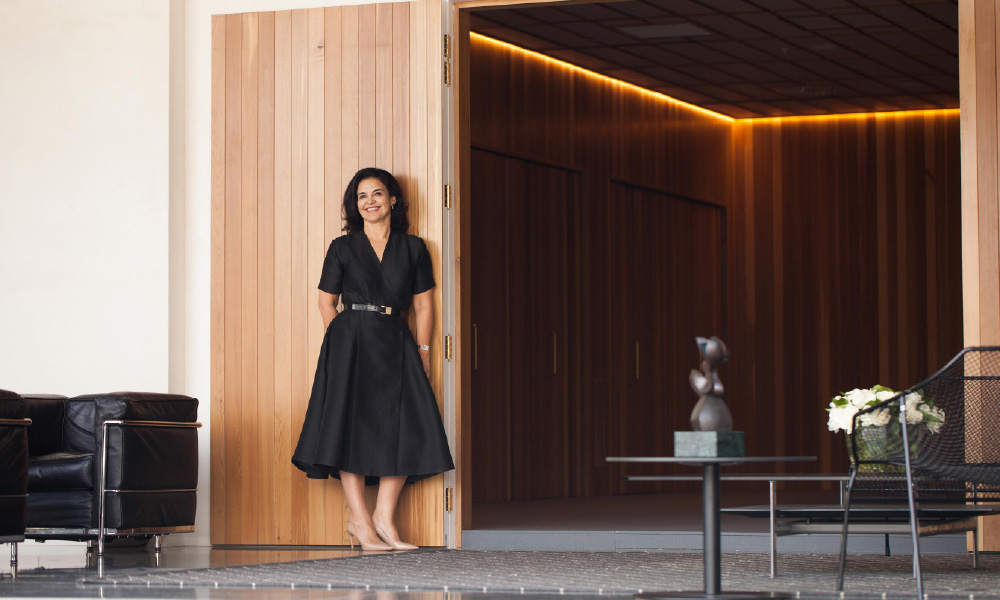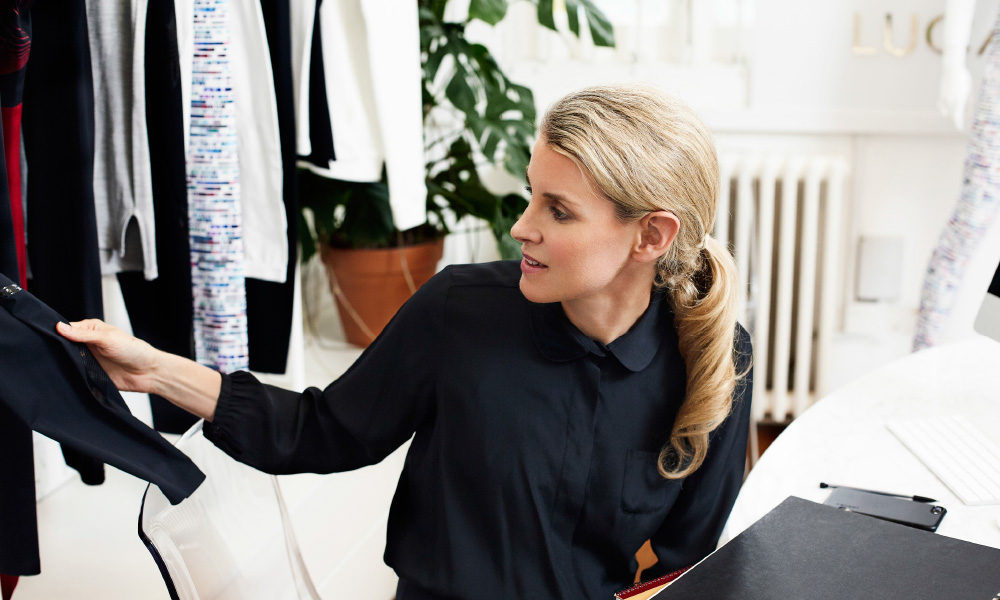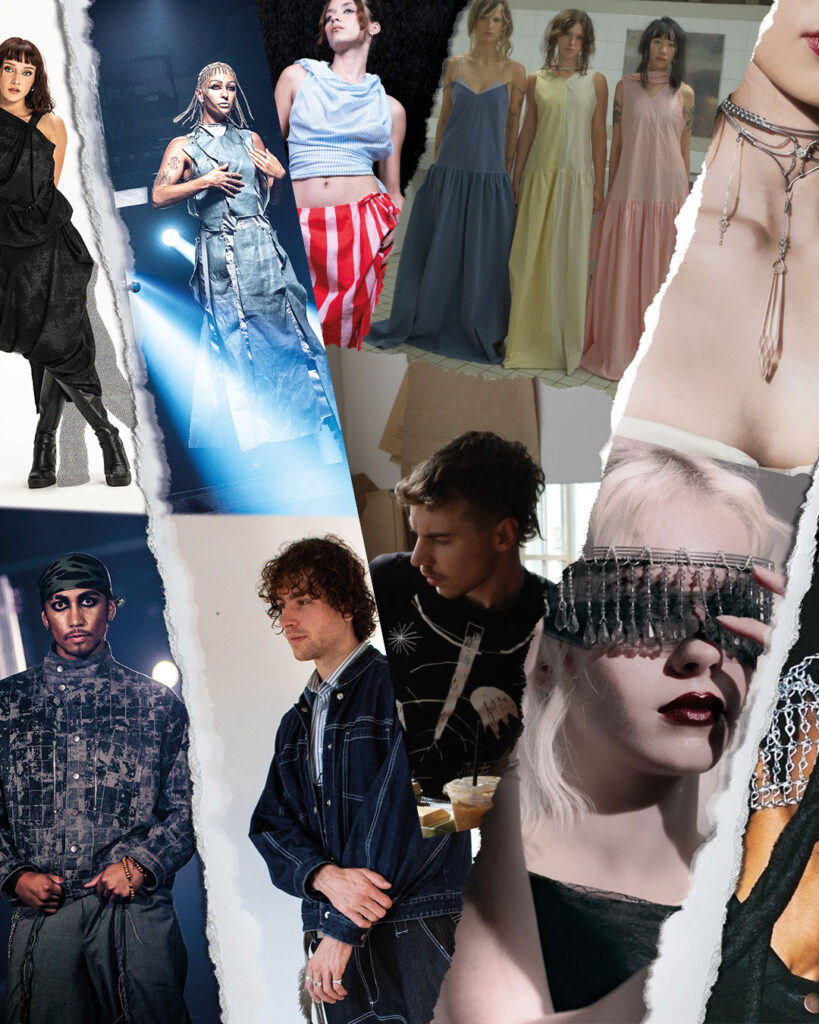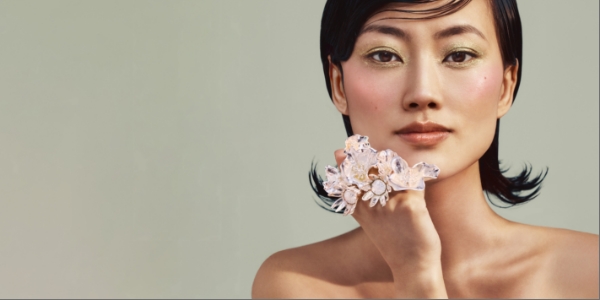Fitness is swiftly becoming the new status signifier, with exclusive exercise classes and designer activewear the cornerstones of a now trillion-dollar wellness industry, says Phoebe Watt.
The underbelly of premium fitness
When I started mentioning to people that I was writing a story on premiumisation within the fitness industry, it wasn’t long before I heard about The Atrium Club, an exclusive, men’s-only gym patronised by politicians, newsreaders and national sports stars. At the time, my source couldn’t actually name the central Auckland establishment because her source — a member — wouldn’t reveal it. Convinced that I’d stumbled upon the Skull and Bones of the local gym scene, I started digging, and was almost disappointed at how easily I found what I was looking for. One Google search, first result.
The disappointment didn’t end there. A recently published write-up (second search result) revealed that my source’s source, who’d spoken of valet laundry services and lavish catering, was severely overhyping the place. All amenities appeared pretty stock-standard. There undoubtedly are several famous faces on the books, all shelling out around $2,400 per year for their memberships. But I’ve been to pricier yoga studios, and I’m not on retired-All Black money. I am, however, a millennial and this apparently makes all the difference.
Are millennials to blame?
The luxification of exercise — a recent phenomenon that has made the fitness industry the youngest trillion-dollar industry in the world — isn’t being driven by middle-aged men.
Rather, it’s being driven by women in their 20s and 30s. 80% of them spend a quarter of their disposable incomes on health products and services according to leading generational insights study, The Cassandra Report. That means everything from boutique fitness classes and activewear, to ionised water and hi-tech ‘wearables’. You know, that nifty thing on your wrist telling you that you’re electrolyte-depleted enough after your barre class to necessitate said Ionised water in the first place.
No wonder the industry is making gains, with so many of us buying into its self-perpetuating system and shelling out for items that justify each other’s existence. We’re not just enabling our own spending, either. A key function of wearables like Fitbit and related mobile apps like MapMyRun is that they allow us to share our workouts on social media, pressuring others to run as far as we did, in an outfit as cool, and to flaunt this fact using the same expensive technology. The pressure is real, too. If you did a workout but didn’t take a mirror selfie at the gym and hashtag it #fitspo, did it even happen? For the authors of the 196 million Instagram posts filed under the hashtag, apparently not.
The double-edged sword is that despite the pressure that social media brings and the well-documented effect this is having on our self-esteem, platforms like Instagram are also an endless source of free information. Through a single hashtag, they link us with an instant, virtual cheer squad of hundreds of thousands of users ready to motivate us to achieve our goals. Once a potentially lonely and daunting road, getting fit has never been more social. It follows that people want to experience this sense of community in real life.
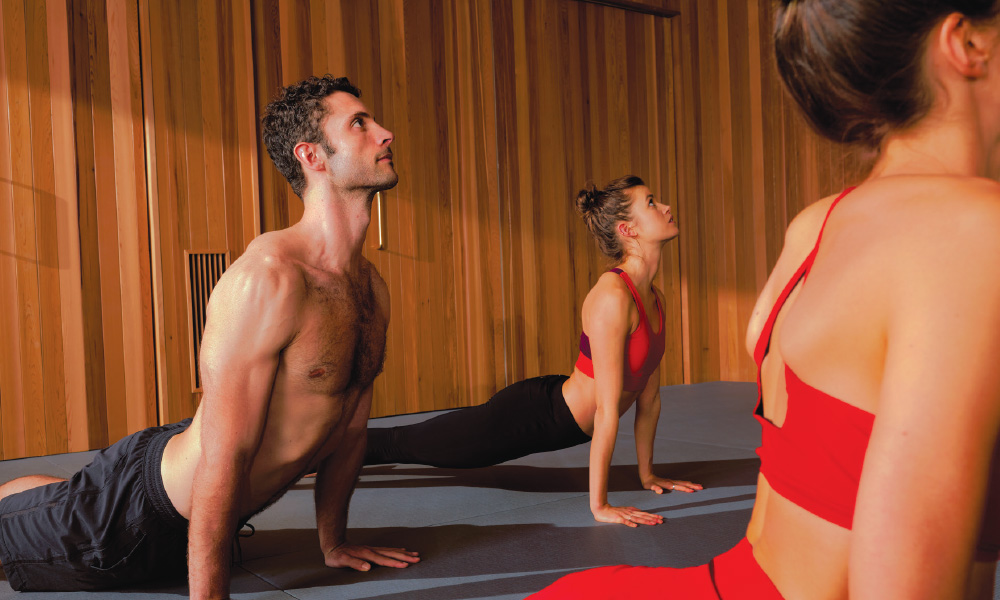
Auckland’s Studio Red is known for its stylish interiors. A Lucas Hugh ensemble (left) is an activewear must for many of the studio’s clients.
We’ll pay how much??
Enter, the niche exercise class. Not for those content to just plug in their headphones and hit the treadmill, boutique gyms and studios that offer experiential workouts are taking off because they cater to “a specific, specialised and passionate segment who are very willing to pay more to be part of a tribe”. This, according to Meredith Poppler, spokesperson for the Boston based International Health Racquet and Sportsclub Association.
And we are paying — upwards of $35 for a one-off, one hour workout. But for that price, we’re getting something innovative and fun (think hip hop yoga, yogalates, dangling from aerial silks…) more akin to a fitness event than a regular gym session. We’re reaping the benefits of top instructors, ultra-modern facilities, luxury amenities and beautiful environments envisioned by celebrated architects and interior designers. Sure, the bucks are bigger, but we’re demanding — and getting — much more bang for them.
It’s a demand being felt not just by the fitness industry, but high-end sportswear manufacturers. Kiwi Anjhe Mules, a former swimwear designer, worked for Marc Jacobs and Alexander McQueen before launching luxury activewear label Lucas Hugh in 2010. Immediately picked up by Net-a-Porter where you can currently purchase a limited-edition pair of Lucas Hugh leggings for around $500, the brand is about as luxe as you can get in the world of lycra. But its customer base expects a lot in return.
“She wants the full package from our product as well as our brand”, says Anjhe from her London home, where she has lived since 2000. In this time she’s witnessed the rise of pricey, full-service health clubs, which has opened her eyes to the premium consumers are willing to pay for facilities that tick several boxes. Similarly, she says, the Lucas Hugh woman wants to see a fusion of performance, innovation and style not just in the product itself, but across all of the brand’s touchpoints, including its online store and social media channels.
Not that the average Lucas Hugh woman is a social media addicted millennial (see: $500 leggings). But as a high-flying career woman she is empowered by technology, and so also values the highly technical fabrications and construction methods that make a Lucas Hugh garment. Moisture-wicking textiles, bonded seams and ventilated mesh panels to maximise comfort and performance, and the use of 3D graphic mapping in the execution of unique prints, often designed as part of collaborations with esteemed artists, are all features. “She wants technical designs that support her fitness goals, without compromising her personal style,” says Anjhe.
Studio Red owner Vicky Cullinane (above) has created a world-class yoga environment.
A societal shift
If it sounds like Anjhe knows this woman inside-out, it’s because she’s one of them. Lucas Hugh’s conception centres around the designer being locked out of her hotel room wearing a gym kit that didn’t meet her otherwise impeccable standards of dress — an experience which alerted her to a gap in the market for high-performance activewear that wouldn’t look out of place in public. Proving that she was right on the money, a global trend for mixing activewear with ready-to-wear emerged around the same time, and today it’s an entire category in many women’s wardrobes; signifying, says Anjhe, a societal shift that has seen an increased importance placed on fitness, food and mental health, and legitimised spending across these categories.
In a 2015 Vogue article, this legitimisation was linked to the idea of ‘stealth wealth’ which, post-recession, saw consumers curb their ostentatious spending on designer goods in favour of less-braggy purchases like exclusive gym memberships and exercise classes. “[Spending] big bucks on experiences that are supposedly good for you seems to carry less guilt than buying just a physical luxury item,” explained Larry D. Compeau, professor of marketing and consumer psychology at New York’s Clarkson University. In the same article, Compeau’s thoughts were echoed by Manhattan-based spinning enthusiast, Ana. “It’s like, the only acceptable lifestyle brag,” she said.
Seeing Red
Closer to home, there’s no better place to get your lifestyle brag on than at Studio Red in Auckland’s CBD — an impossibly chic, hot yoga studio where the specially-cushioned floor is imported from Germany, the heating system is state-of-the-art, the extremely-limited class sizes guarantee that clients receive personalised instruction from highly experienced tutors, and the couch in the foyer is accessorised with an Hermès throw.
Owner Vicky Cullinane (incidentally a big Lucas Hugh fan) opened the studio’s doors in 2016 after attending a life-changing yoga teacher training course in Koh Samui. “On returning home I wanted to create a world-class yoga facility where I could share [the practice] in a beautiful space with the very best teachers,” says the 52-year-old former art gallery manager.
What sets Studio Red apart from its competitors, says Vicky, is her team’s commitment to ensuring that the client experience is as good as it can possibly be, “from the moment they walk in, to the moment they leave”. As for what sets her clients apart, she believes it’s a commitment to making the most of themselves and the world around them.
“I have a favourite saying: we’re all given the same amount of time every day, and it’s how we spend our time that differentiates us,” says Vicky. “Our clients have very full lives”.
London-based Kiwi Anjhe Mules worked for Marc Jacobs and Alexander McQueen before launching luxury activewear label Lucas Hugh in 2010.
The re-emergence of low-tech workouts
On the other side of the coin, our increasingly full lives may also have a part to play in the re-emergence of low-tech workouts. British Vogue recently reported that in the UK, swimming is enjoying a surge in popularity. One can’t help but wonder whether this is because it’s just about the only form of exercise that grants us complete amnesty from answering the phone or checking our emails. Talk about going to great lengths to drown out the noise.
And there is a lot of noise — especially to do with wellness itself. For Anjhe and Vicky, social media is an incredibly valuable business tool. “It opens doors and sets standards, providing an instant feedback loop that’s both encouraging and informing,” says Vicky. “I love the direct connection it facilitates between our clients and our team.”
The decline of wearables and rise of virtual workouts
For the average user, though, it could be contributing to something known as ‘wellness fatigue’, a tangible effect of which has been the steady decline in the sales of wearables in the past 12 months. If you’re of the camp that believes such devices are merely a money-making scheme designed to benefit both tech and fitness corporations, you might see this as a win for the people. But let’s not dismiss the role that technology has played in democratising fitness; cutting out the need for expensive personal trainers and gym memberships and giving the public the tools to work out from home, all for the price of an app.
This kind of cannibalisation within the industry means it’s a scary time for traditional service providers. Some, like global gym Les Mills, which in 2016 launched a subscription service allowing users to pay to stream workouts online, are adapting. And indeed, in this age of digital invention, ‘disrupt or be disrupted’ are words to live by — especially if you’re a middle-of-the-road operation that doesn’t offer the premium experience or extreme value needed to attract and maintain a loyal customer base.
But shiny new fitness studios must also beware. After all, millennials might be known for splashing their cash in the name of health and wellness (or at least, Emily Ratajkowski’s abs), but they aren’t necessarily known for their loyalty. As long as newer, shinier fitness studios continue to pop up every few weeks, there’s a disincentive to commit to annual memberships. And with virtual workouts perhaps the next step, one thing rings truer than ever: to stay healthy, consumers needn’t be wealthy, but to stay wealthy, businesses have to be wise.



